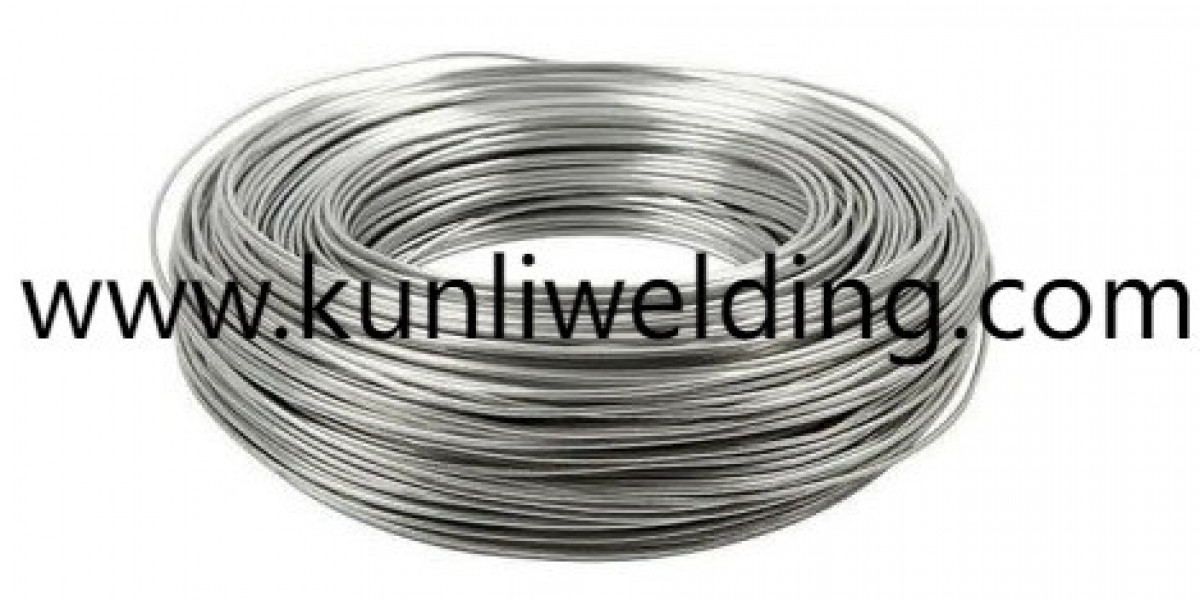Across shipyards and offshore fabrication yards the conversation around joining materials has sharpened as designers prioritize lighter assemblies and reliable corrosion resistance. Aluminum Welding Wire ER5087 appears on many procurement short lists because its alloy mix supports strong welded joints in saltwater exposed structures while delivering weldability that fits both mechanized and manual processes.
Why ER5087 is drawing more attention in marine work starts with service environment demands. Structures near saltwater face an ongoing challenge from corrosive exposure and cyclic loading. A filler wire that helps the completed joint resist surface degradation and that maintains predictable mechanical behavior under stress reduces maintenance needs and preserves structural integrity. Suppliers who explain how a wire performs in marine service conditions make it easier for engineers and planners to choose a match for hulls decks and offshore platforms.
Practical production advantages matter for yards scaling to meet demand. Fabricators balancing automated welding stations with handheld finishing appreciate a wire that produces a steady arc and that limits spatter and porosity. Those attributes shorten paint and sealing prep work and keep assembly sequences flowing. When throughput is under pressure from project timelines having a filler whose behavior is repeatable across shifts reduces the risk of delays and of costly rework.
Material makeup is part of the performance story. A modest addition of magnesium in the alloy improves joint durability in aggressive environments and helps form a weld deposit that resists common degradation mechanisms found near the sea. That mix also influences how the weld cools and how much distortion occurs during joining. For teams trying to preserve fit between prefabricated panels the ability to limit thermal distortion is a practical benefit that shortens downstream alignment and finishing steps.
Repairability and lifecycle thinking are increasingly present in naval and offshore procurement discussions. When structures are designed to be serviceable a filler that supports repairable joints reduces the need for part replacement and helps maintenance teams return assets to service faster. That idea ties into broader sustainability aims where reducing material waste and avoiding full part replacement are part of a longer term operational goal. Suppliers that provide handling and storage advice help ensure wires arrive in the condition needed for reliable field repairs.
Supply dynamics and qualification cycles influence when a yard will adopt a specific wire. When global material flows are uneven fabricators must decide whether to qualify an alternate product or to wait for a validated source. Clear product notes and practical sample guidance speed qualification. Running short validation welds in the shop under realistic fixturing and finishing conditions reveals whether a wire will meet finish and mechanical targets before a large order is placed. That pragmatic testing avoids surprises in production.
Field technicians also highlight the value of predictable feedability and packaging. Wires that feed consistently through common equipment reduce stoppages and lower the chance of contamination related defects. Packaging that protects wire from moisture and handling damage preserves arc behavior once the spool is mounted. These logistics items may seem minor but they directly affect how fast a repair crew can restore an asset in a marine environment.
Designers and procurement teams weighing filler choices should think operationally. Specify short shop trials that mirror installation constraints and finishing steps. Evaluate distortion control bead appearance and how much cleanup is required before protective coatings are applied. Include supplier handling instructions in procurement documentation so that on arrival wire is stored and staged in a way that keeps it ready to use. Those steps yield a clearer picture of the total cost of ownership for a welding wire in marine service.
As marine and offshore projects continue to prioritize lighter weight and longer service life the choice of welding filler is more than a procurement checkbox. When a wire supports corrosion resistant joints predictable deposition and smooth finishing it helps projects meet schedule and lifecycle goals. For readers interested in product notes and application guidance from a manufacturer that publishes practical marine focused information visit the news and resource area at www.kunliwelding.com .







